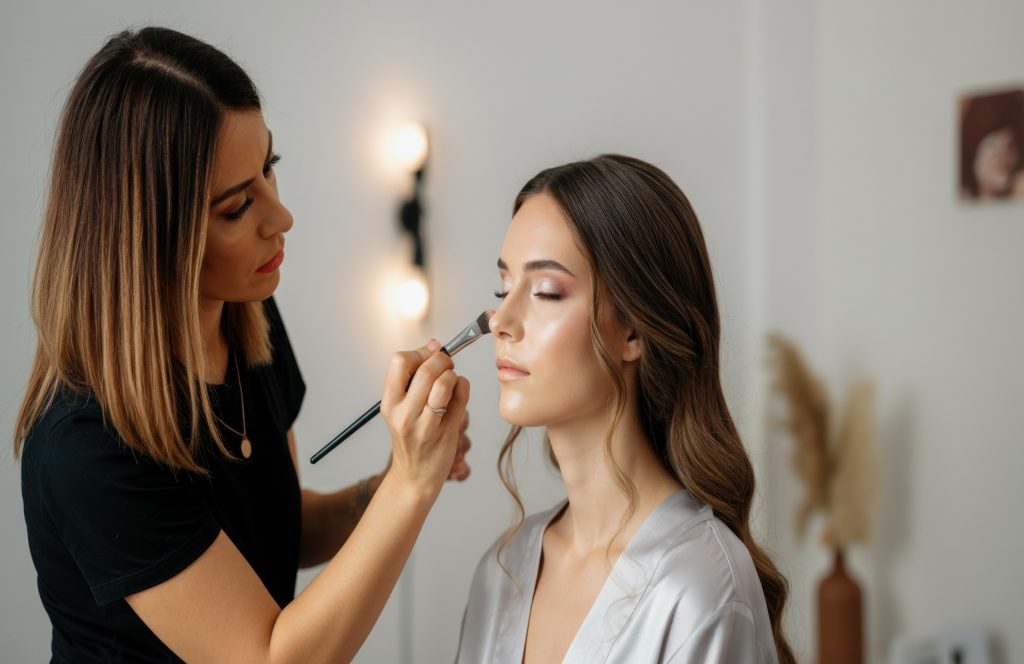Tax Tips for Self-Employed Beauty Professionals: What Can You Claim?

Running a beauty business is more than just making people look good—it also means managing your money, tracking expenses, and submitting accurate tax returns to HMRC.
If you’re a self-employed hairdresser, lash technician, nail tech, or makeup artist, the good news is:
👉 You can claim a wide range of business expenses to reduce your tax bill—as long as they’re allowable and properly recorded.
In this blog post, we’ll break down the most common tax-deductible expenses for beauty professionals in the UK, plus some pro tips to keep you compliant and ready for Making Tax Digital (MTD ITSA).
💄 What Are “Allowable Expenses”?
Allowable expenses are costs you incur “wholly and exclusively” for running your business.
By deducting them from your income, you reduce the profit HMRC taxes you on—which lowers your tax bill.
📌 Important: You must keep records and receipts for everything you claim.
✅ Common Tax-Deductible Expenses for Beauty Professionals
Products and Consumables
Shampoo, conditioner, hair colour
Lashes, glue, wax, cotton pads
Makeup kits, brushes, disposables
Nail polishes, gels, files, and remover
🧾 Keep supplier receipts and note which products are used for treatments vs retail sales.
Tools and Equipment
Hairdryers, clippers, straighteners
Lash beds, trolleys, chairs, mirrors
Makeup lights, ring lights, stools
Nail lamps and manicure tables
🛠️ If it lasts longer than a year, it may count as capital expenditure—ask your bookkeeper how to treat it.
Training and Education
Accredited courses (e.g. lash extensions, brow lamination)
CPD workshops and industry seminars
Certification renewals
🎓 Claim only if it’s directly related to your existing services—not brand new qualifications.
Uniform and PPE
Branded tunics or aprons
Gloves, masks, sanitising sprays
Towels and disposable bed covers
👚 Everyday clothing (even if “only worn at work”) is not claimable—uniforms must have a logo or be specific to the role.
Marketing and Advertising
Website hosting and design
Social media ads (Instagram, Facebook)
Printed leaflets, loyalty cards, signage
Photography and branding shoots
📣 Promoting your services = valid expense. Just keep digital invoices and campaign reports.
Salon Rent or Mobile Costs
Studio/salon chair rental
Mobile travel (fuel, parking, business mileage)
Client refreshments or hospitality
🚗 If you’re mobile, track your mileage with software like QuickBooks Self-Employed or FreeAgent.
Software and Admin Tools
Booking apps (e.g. Fresha, Treatwell)
Accounting software (e.g. QuickBooks, Xero)
Canva, Zoom, scheduling tools
💻 These subscriptions are claimable if used for your business.
Phone and Internet
A portion of your mobile phone bill
Wi-Fi if working from home
👀 What You Can’t Claim
🚫 Everyday clothes (even if worn at work)
🚫 Hair or beauty treatments for yourself
🚫 Non-business meals or leisure travel
🚫 Courses that teach you new, unrelated skills
📅 Get Ready for Making Tax Digital (MTD)
From April 2026, self-employed professionals earning over £50,000/year will be required to:
Keep digital records
Submit quarterly income updates
Use HMRC-approved software
✨ Final Tips for Tax Success
✅ Keep every receipt (paper or digital)
✅ Record your income and expenses monthly
✅ Use MTD-compliant software to stay organised
✅ Work with a bookkeeper who understands the beauty industry
💬 Need Help with Your Beauty Business Bookkeeping?
At Simply Balanced Solutions, we specialise in bookkeeping for:
Hairdressers (freelance & salon-based)
Lash & brow techs
Nail techs and MUAs
Mobile and home-based beauty pros
Let us help you stay compliant, get ready for MTD, and keep more of what you earn.
Contact us now
Beauty is your business. Numbers are ours.
